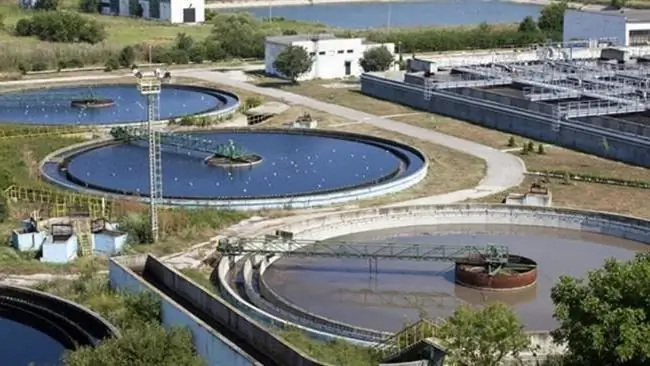2026 Author: Howard Calhoun | [email protected]. Last modified: 2025-01-24 13:10:35
Scientists believe that humanity has come to a period when conflicts will flare up over fresh water. There is only one way to solve this problem - to find the best method of water desalination.
What is water desalination
Any liquid in its composition has a certain proportion of s alts, microorganisms, minerals. Purification of natural or tap water removes harmful substances from it. But sometimes it contains a large amount of s alts, which make it unsuitable for consumption.
Demineralization of water is a decrease in the concentration of s alts dissolved in it. The procedure can be total, when the liquid is deprived of any s alt content, or partial, when a given amount of s alt remains in it.
Methods
Complete desalination is carried out in the following ways:
- Distillation, thermal method.
- Ion exchange method.
- Electrodialysis method.
- Membrane reverse osmosis.
Partial s alt removal is achieved using the following methods:
- Lime.
- Barite softening.
- H-cationization.
- Freezing.
Desalination methodswater requires both financial and energy costs. The choice of treatment method depends on the degree of s alt content in the initial liquid, the productivity of the installation, the costs of the components of the process (heat, electricity, reagents). Each of the methods has its own advantages, disadvantages and occurs with the help of technical means.

Partial desalination
Deprived of all impurities, water is used in many industrial processes and is needed for internal consumption by a very limited number of people. Domestic needs require demineralization of water to a certain extent. Most often, the softening of the liquid occurs by cationization.
In the process, hard s alts are replaced by hydrogen cations, which, in turn, react to destroy bicarbonate ions. The products form a compound which is excreted as a gas. The degree of purification is estimated by the amount of calcium carbonate removed.
Water distillation
Desalination of water using the distillation method is the oldest and most common method today. The advantage is its universal availability, and the disadvantage is the high cost of the process. Distillers are used to obtain water without impurities. They are several types of evaporators, the difference between which lies in the design, the type of energy used. The most common are steam and electric devices, which are expensive and consume a lot of energy.
The apparatus is a boiler (or several boilers)low pressure, where the liquid turns into steam and separates the s alt concentrate. In order for the water to receive maximum purification, the temperature of a slow boil is reached in the apparatus. In this mode, heavy impurities do not enter the condensing distillate. One option to reduce the cost is to increase the number of stages, but this installation entails a large initial investment.
Distillation equipment, in addition to consuming a lot of energy, has an impressive cost of all parts. Expensive pipes, fittings, heat exchangers, evaporators made of quartz or platinum can provide a high degree of purity. Other materials are not suitable.

Electrochemical method
The essence of the method is to pass water through an electric field, while s alt ions are transferred - cations are distributed towards the cathode, and anions - towards the anode. The system has three compartments, which are formed using cathode and anode diaphragms. The middle compartment contains water prepared for desalination.
A constant electric current is passed through the stream, with the help of which the s alts are sorted into the cathode and anode diaphragms. The method is very expensive in terms of equipment costs and electricity costs, and therefore has not been widely used.

Ion exchange
The most reliable way to achieve water desalination is the ion exchange method. Precipitation of impurities in this wayallows you to get a cleaner liquid in a short time, which is important for industrial desalination. The method is the most cost-effective and gives the best cleaning result.
The method is based on the removal of cations and anions of s alts from the liquid; as a result of purification, various degrees of demineralization can be achieved, up to the complete removal of s alt agents. Desalination of water by ion exchange occurs with the participation of ion exchangers, which are water-insoluble polymers containing a mobile ion. Under the created conditions, the prepared polymer enters into an exchange reaction with s alt ions of the same sign. Ion exchangers placed in an aqueous medium swell, increasing in size by 1.5-2 times.
As time passes, ion exchangers collect s alts dissolved in water and become denser. Saturated ion exchangers are regenerated, after which they are cleaned. Products obtained from saturated ion exchangers are called "eluates", they include solutions of s alts and alkalis. Some of them are valuable substances, so they are disposed of as valuable components.

Reverse osmosis
Technical progress and the beginning of a shortage of fresh water give rise to new technologies for desalination and desalination. The reverse osmosis treatment method is becoming a popular method, the reliability of which is guaranteed by the development of membrane technologies. Industrial interest is caused by relatively low energy costs. Most of the devices of this principle are used for post-treatment of river water, where their effectiveness has been repeatedly proven.
ForFor domestic use, water desalination plants based on the principle of reverse osmosis are suitable both in terms of energy consumption and in terms of the quality of the product obtained. The principle of reverse osmosis is based on the passage of water under pressure through a membrane that is impermeable to dissolved s alts and other impurities. The process of water desalination is provided by synthetic semi-permeable membranes that cannot retain some gases dissolved in water (chlorine, carbon dioxide, etc.).
The reverse osmosis method purifies water from all impurities, complete demineralization occurs, which is harmful to the human body. In most cases, the average person has to choose between tap water or treated with some kind of filter. The lesser evil is water, devoid of all natural ingredients.
Today, in some countries there are already plants for the production of drinking water, where the reverse osmosis method is used for desalination, and dissolved gases are removed from it as an additional post-treatment. In order to give it a normal state close to natural, enterprises add the necessary s alts in a verified concentration to purified water.

Pros and cons of basic methods
Each of the methods of water desalination has both positive and negative qualities. After examining them in detail, you can understand which one to give preference to:
- Ion exchange helps to get the purest water, the system is reliable and does not react to the degree of mineralizationsource liquid, requires little equipment costs. The desalination process takes place with minimal loss of water consumption. The disadvantages of the method include rapid environmental pollution with harmful chemicals, the high cost of the reagents themselves, the system quickly becomes contaminated and requires frequent replacement of filters. Disposal of waste and filter parts is difficult.
- Distillation. Water desalination plants based on the thermal method are used without the use of chemicals, demonstrate the good quality of the resulting liquid, and the heat generated during operation can be used for other needs. A distinctive feature of this method is the ability to eliminate gases dissolved in water. The disadvantages of the method include: high energy costs, the need for water treatment, the cost of maintaining the installation (cleaning all parts), the high cost of equipment.
- Membrane installations are distinguished by unpretentiousness to the initial state of water, the process does not require chemical reagents, and are easy to maintain. Negative qualities are: preparation of water for the treatment process, a large amount of water to ensure the operation of the apparatus, high power consumption, which affects the cost of the final product.
Desalination at home
Water filtration is the most affordable way of post-treatment. There are two common ways to des alt well or sea liquid at home:
- Place a container of water in the freezer and leave until it is completely frozen. S alt with partthe liquid will not freeze, the ice should be melted and can be used immediately. For additional purification, it is worth passing melt water through any household filter. The method is called cold distillation.
- Evaporation. They take two containers of different sizes, pour sea / s alt water into the larger one, leave the smaller one empty and place it in a large bowl. The whole structure can be put on the stove for heating or left in the sun, after closing the lid. It is necessary to achieve a slow boil of s alt water. Vapors devoid of s alt will concentrate in the empty container. The process of evaporation in the sun will proceed much more slowly. With this method, a rather small volume of drinking water is obtained.
Desalination and desalination of water by handicraft methods is possible, but ineffective. The best option would be to purchase a domestic cleaning unit.

Domestic installations
For domestic needs, systems for post-treatment of water are most often needed. Water filtration can be carried out in several ways:
- The easiest and most affordable is a jug with replaceable filters.
- Nozzle with a filter on the faucet.
- Desk water filters.
- Embedded systems that purify liquids depending on the location (only in the kitchen, at the entry point of the water supply to the house, multi-stage filters for purifying water from an artesian well, etc.).
None of the household systems can completely eliminate s alts from the liquid, but they can soften hard water. In thatIn this case, you need to know what elements it is saturated with in order to select a system, water cartridges, filters or reagents. The desalination process requires large units, a large installation area, large financial investments and the availability of system maintenance, which is not available to a wide range of consumers.

Types of household cleaning
Today, the following types of water treatment are widely used:
- Coal filtration. The device is a container filled with charcoal, activated or coal. Water passing through such a filter is purified from chlorine, oily elements, pesticides, microorganisms, bacteria, etc. The filter is affordable, durable and easy to use.
- Fine cleaning. This type of filter is divided into two types - single-function and multi-function. Any choice requires maintenance - constantly changing water cartridges, replacing fittings, etc.
- Rough cleaning. Eliminate large particles of dirt (sand, rust, sediment, etc.).
- Deep cleaning. This type of filter includes reverse osmosis systems, multi-stage filters, etc.
In most regions of Russia, only additional water purification is required, since there are enough water resources in the country. The only region where there may be a shortage of fresh water is the Crimea, which may require industrial installations for seawater desalination. All devices for carrying out processes have a patent. Desalination and desalination of water should be carried out using scientifically based methods with mandatory testing of the results in laboratory conditions.
Recommended:
Shelf life of water meters: period of service and operation, verification periods, operating rules and time of use of hot and cold water meters
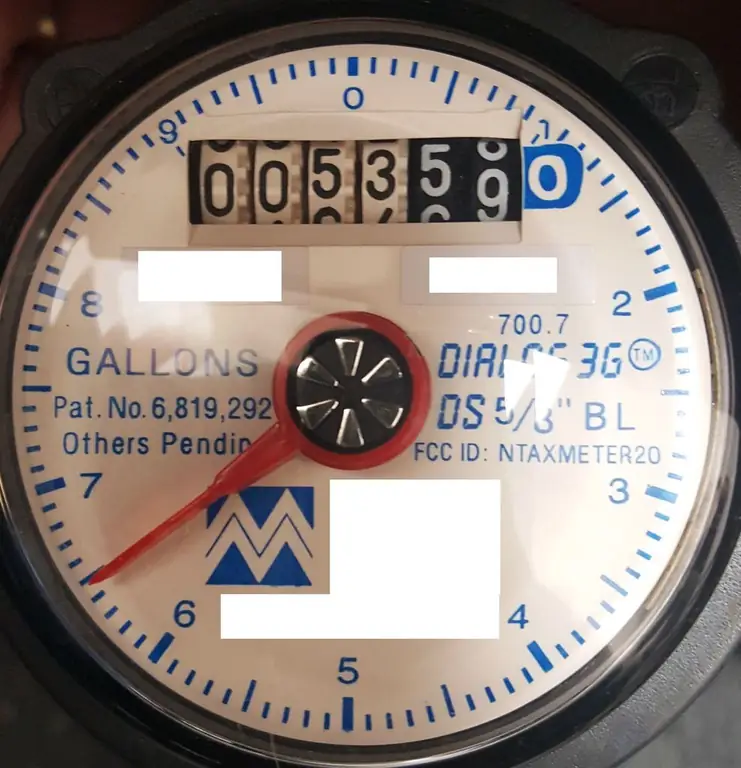
The shelf life of water meters varies. It depends on its quality, the condition of the pipes, the connection to cold or hot water, the manufacturer. On average, manufacturers claim about 8-10 years of operation of devices. In this case, the owner is obliged to carry out their verification within the time limits established by law. We will tell you more about this and some other points in the article
"Royal Water": customer and employee reviews, addresses, order conditions, delivery and water quality

Royal Water is one of the largest companies in the bottled water market. The company was founded in 1994. An extensive dealer network and a large number of branches determined the presence of the organization in many regions of the country
The rate of water consumption and sanitation. The principle of rationing water consumption
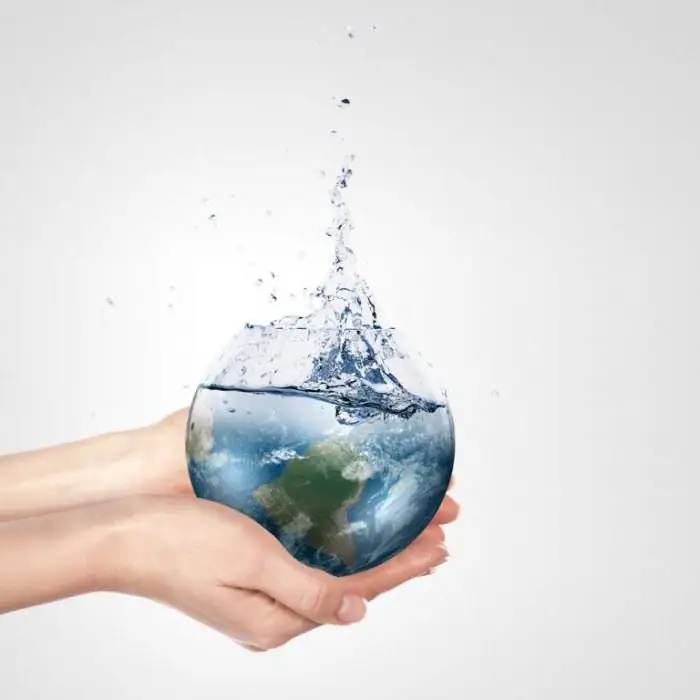
Economical use of all natural resources is the task of each of us. It is no secret that in cities there is a norm of water consumption for each inhabitant, such norms have been developed for industrial enterprises. Moreover, water disposal is also normalized, i.e. sewage
The balance of water consumption and sanitation is a necessary calculation in the design of any facilities and in water use
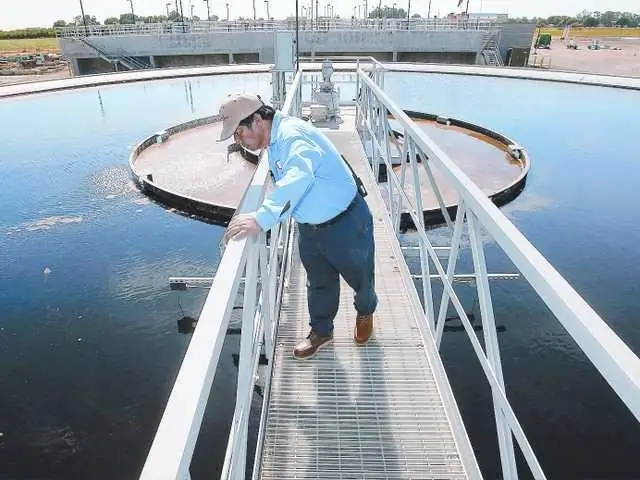
One of the documents required by an economic entity when issuing a license for the use of a surface water body or when issuing a license for the extraction of groundwater is the balance of water consumption and water disposal. This water management calculation is also mandatory when designing any object of the national economy or a residential building
How to register with Sberbank Online: registration methods, step-by-step instructions for connecting a personal account and settings
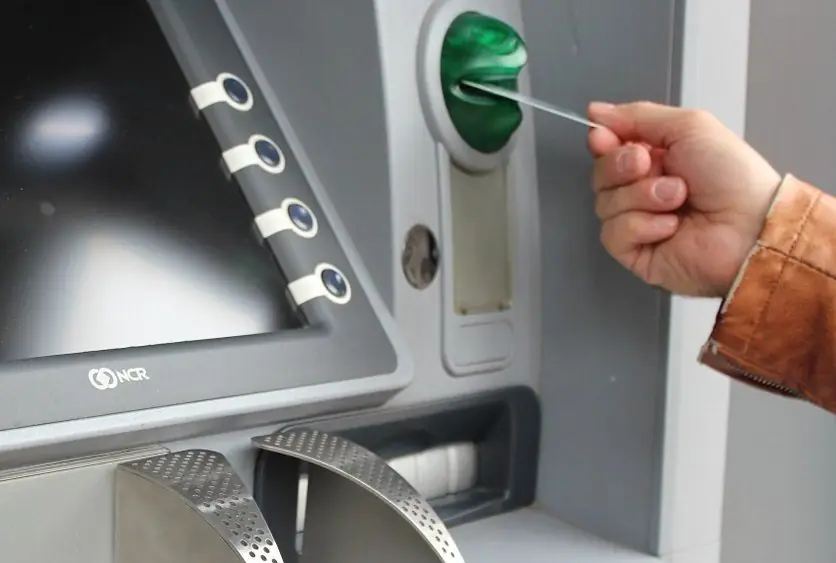
This is the Internet banking system of one of the largest financial institutions in Russia. It is a good opportunity for citizens to use the various services of this bank without leaving their homes. If you open a personal account on the official website, you can almost completely save yourself from having to visit the offices of this financial institution

